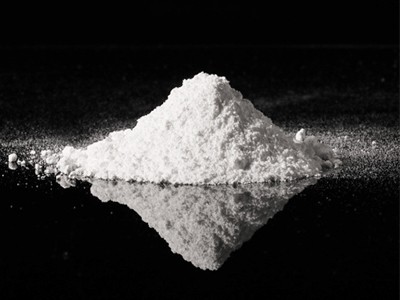Cubic boron nitride (hereinafter referred to as CBN), as a superhard material, occupies an important position in the field of machining. Its unique atomic structure, which is similar to the structure of carbon atoms in diamond, gives it ultra-high hardness and density. The following is a detailed analysis of CBN:
Basic Properties
With a Mohs hardness of 9.7, CBN is second only to diamond (10 on the Mohs scale) as a superhard material. This hardness gives CBN a significant advantage in a wide range of machining applications.
Synthesis Method and Classification
Synthesis method: CBN single crystal is mainly synthesized by static high pressure catalyst method. More than 50 kinds of catalysts are used in the synthesis process, including alkali metals, alkaline earth metals and their nitrides.
Classification: According to the different catalysts, CBN can be classified into various types such as Mg-based and Li-based. Currently, Li-based polycatalysts are the mainstream in the market.

Color and Form
Color: The color of CBN is affected by many factors. Due to the different selection of catalyst materials, different impurity defects will be introduced during the crystal synthesis process, the defects are in the form of interstitial defects, replacement defects, etc., which change the optical properties of the crystals and make the crystals show different colors. Pure CBN should be colorless and transparent. The researchers analyzed the black color of CBN by Raman spectroscopy test method because of the presence of excess B atoms in the crystal. Experimental studies have shown that the main factor influencing the difference in color of CBN is the ratio of B and N atoms caused by different additives.
Morphology: The additives also affect the growth rate on different crystal surfaces, which makes CBN crystals show different morphologies, such as thick plate, spherical, tetrahedral, hexa-octahedral, and elongated.
Properties and Applications
Properties: Because of the anisotropy of the crystals, there are differences in the hardness and strength of CBN with different morphologies. The more regular the shape, the higher the strength and hardness of CBN with intact crystal surfaces. CBN single crystals with irregular shape and defective surface have lower strength but better sharpness.
Different colors CBN single crystal in the microstructure is not the same, in the microhardness and toughness of a slight difference, and in the grinding wheel application, the greater impact on the performance of the wheel is CBN single crystal TI value and TTI value, as well as the particle size and grain size and crystal type, a large number of application practice has also proved that the above situation, so don't be in the color of the CBN single crystal nagging, not forgetting, and should pay more attention to the CBN single crystal of the intrinsic Characteristics.
Application: in the manufacture of grinding wheels, the selection of CBN abrasive grains when the main consideration of its impact toughness, thermal impact toughness and morphology and other factors, to ensure that the selection of the most suitable abrasive grains.

Market and Technology Development
CBN after several years of research and development, there are many existing mature formulations of catalysts and additives for synthesizing CBN. Due to the different research directions of each family, there are mutual technical exchanges at a later stage, which leads to the derivation of many new formulas synthesized by new brands of CBN single crystals. Through the TI and TTI and other testing methods, it is not difficult to see that the existing brands of CBN is significantly different, different brands of CBN single crystal morphology, strength, price is not the same, the scope of application is also different.
DL-8500

The DL-8500 grade of bright black CBN single crystal from BN(CHINA) Technology is a typical example of this product. The product has a complete crystal surface and well-defined angles, with a grain size range of 70/80~325/400. DL-8500 has the highest impact strength and good thermal stability of its kind in the industry. Depending on the selection, DL-8500 is divided into two types, A and B, with different morphology and performance characteristics to meet different application requirements. Welcome to inquire for cooperation!




